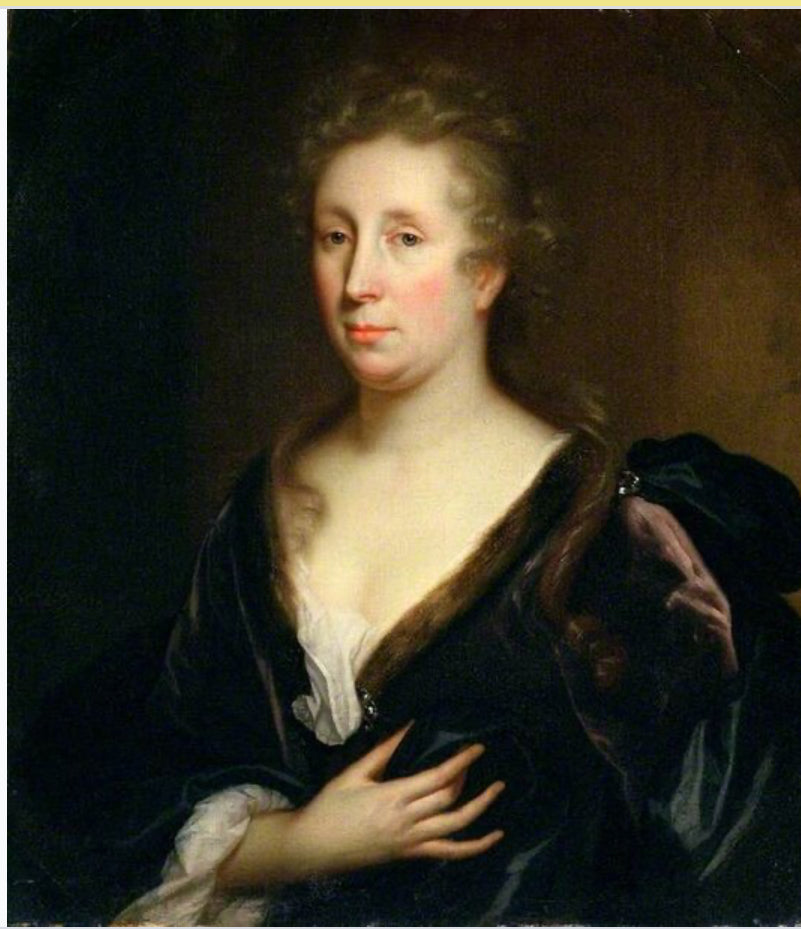Rachel Ruysch – A Master of Dutch Floral Still Life

Share
In the history of Dutch Golden Age painting, few women reached the heights of fame and mastery that Rachel Ruysch (1664–1750) achieved. Celebrated across Europe for her dazzling floral still lifes, Ruysch combined scientific precision with artistic poetry, creating works that still captivate viewers today.
A Life in Art
Rachel Ruysch was born in The Hague into a family deeply connected with science and art. Her father, Frederik Ruysch, was a renowned professor of anatomy and botany, and it was through him that Rachel gained an early fascination for the natural world. Surrounded by specimens, flowers, and plants, she learned to observe nature with exacting detail—a foundation that would shape her painting career.
By her teenage years, Ruysch trained with Willem van Aelst, one of the leading still-life painters of his time. Under his guidance, she developed the skills and refinement that would make her one of the most sought-after painters of her era.

Artistic Brilliance
Rachel Ruysch’s paintings stand out for their extraordinary balance between scientific accuracy and dramatic beauty. Her bouquets are not rigid arrangements but rather lively, almost theatrical compositions flowers twisting and turning in elegant motion, petals catching the light, and insects quietly inhabiting the scene.
Unlike many of her contemporaries, Ruysch mastered the art of illusion, making her blossoms appear freshly cut, as if one could smell their fragrance. Her use of dark backgrounds allowed her flowers to glow with brilliance, giving her works a timeless vibrancy.

Fame and Recognition
Ruysch’s talent brought her international acclaim. She was invited to the court of Johann Wilhelm, Elector Palatine in Düsseldorf, where she worked as court painter for over a decade. Even after her return to Amsterdam, she continued to receive commissions from wealthy patrons across Europe.
What makes her career even more remarkable is its longevity. She painted actively into her eighties, leaving behind a body of work that spans nearly seven decades. At the time of her death in 1750, she was one of the most celebrated women artists in Europe.
Legacy
Rachel Ruysch is remembered as one of the greatest floral painters in art history. Her works influenced generations of artists and remain treasured in major museums and private collections worldwide. In an age when few women could achieve recognition in the arts, Ruysch’s brilliance and determination set her apart as a pioneer.
Her still lifes are more than floral arrangements—they are a testament to the harmony between art and nature, infused with life, beauty, and scientific curiosity.

